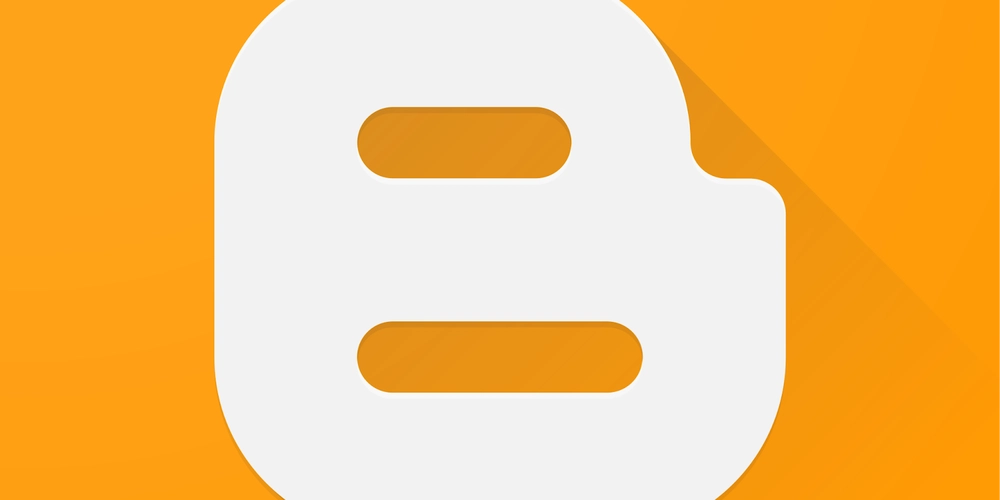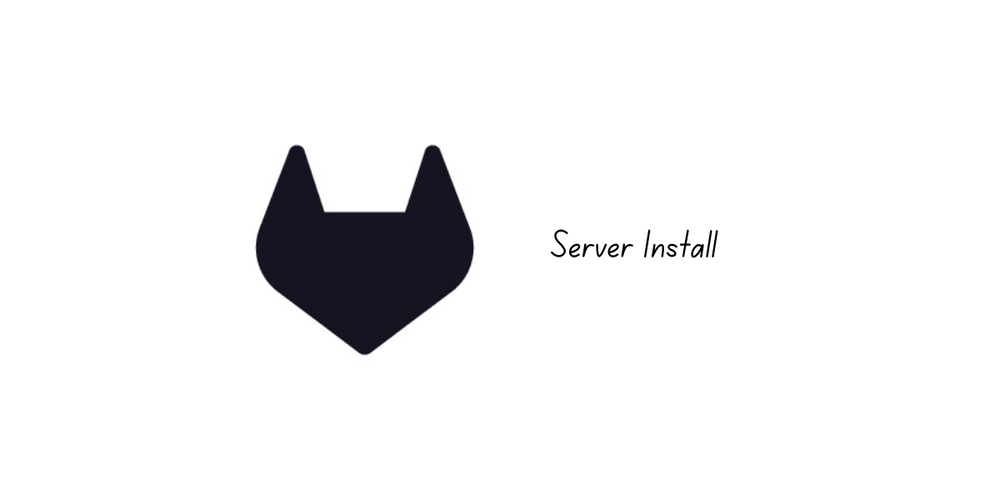Getting Started with Interactive Programming
Interactive programming brings your code to life by enabling users to engage with it in real-time. Whether it’s a game, a web app, or a visualization, interactive programs provide an engaging user experience. In this post, we’ll explore what interactive programming is, why it's useful, and how you can start building your own interactive applications. What is Interactive Programming? Interactive programming refers to writing software that reacts to user inputs or events while it's running. It can range from graphical applications and games to websites, simulations, or command-line tools that prompt user feedback. Why Learn Interactive Programming? Enhances User Experience: Real-time feedback makes applications dynamic and engaging. Foundation for Games and UI: Essential for developing games, web UIs, and mobile apps. Boosts Problem-Solving: Helps you think logically and event-driven. Fun and Motivating: It’s exciting to see your code respond to your actions instantly. Where to Start? There are several beginner-friendly platforms and languages perfect for learning interactive programming: JavaScript + HTML/CSS: Build interactive web pages with event listeners and animations. Python with Turtle or Pygame: Great for visual learning and making simple games. Scratch: Drag-and-drop interface for learning logic and interaction basics (perfect for kids and absolute beginners). Processing (Java-based): A creative coding environment for art and interactive visualizations. Example: JavaScript Button Interaction Click Me! function sayHello() { alert('Hello there!'); } This simple code responds to a user clicking the button by showing a message. That’s interactivity in action! Key Concepts to Learn Event Handling: Responding to user actions like clicks, keypresses, and gestures. DOM Manipulation (Web): Changing what users see on a webpage using code. State Management: Tracking changes and conditions in your app. Animation & Timing: Creating smooth transitions and effects over time. Tools & Platforms Replit – Online IDE to run interactive code instantly CodePen – Great for experimenting with HTML/CSS/JS p5.js – JavaScript framework for creative interactive coding Scratch – A visual coding platform ideal for interactive storytelling Project Ideas to Practice Build a quiz app with score tracking Make a to-do list with live updates Create a drawing app with mouse input Develop a simple game (e.g., pong, tic-tac-toe) Design a responsive calculator Conclusion Interactive programming is one of the most rewarding ways to develop your coding skills. It not only improves your logic and design thinking but also brings your ideas to life in exciting ways. Start small, experiment freely, and have fun creating programs that respond to the world around them!

Interactive programming brings your code to life by enabling users to engage with it in real-time. Whether it’s a game, a web app, or a visualization, interactive programs provide an engaging user experience. In this post, we’ll explore what interactive programming is, why it's useful, and how you can start building your own interactive applications.
What is Interactive Programming?
Interactive programming refers to writing software that reacts to user inputs or events while it's running. It can range from graphical applications and games to websites, simulations, or command-line tools that prompt user feedback.
Why Learn Interactive Programming?
- Enhances User Experience: Real-time feedback makes applications dynamic and engaging.
- Foundation for Games and UI: Essential for developing games, web UIs, and mobile apps.
- Boosts Problem-Solving: Helps you think logically and event-driven.
- Fun and Motivating: It’s exciting to see your code respond to your actions instantly.
Where to Start?
There are several beginner-friendly platforms and languages perfect for learning interactive programming:
- JavaScript + HTML/CSS: Build interactive web pages with event listeners and animations.
- Python with Turtle or Pygame: Great for visual learning and making simple games.
- Scratch: Drag-and-drop interface for learning logic and interaction basics (perfect for kids and absolute beginners).
- Processing (Java-based): A creative coding environment for art and interactive visualizations.
Example: JavaScript Button Interaction
This simple code responds to a user clicking the button by showing a message. That’s interactivity in action!
Key Concepts to Learn
- Event Handling: Responding to user actions like clicks, keypresses, and gestures.
- DOM Manipulation (Web): Changing what users see on a webpage using code.
- State Management: Tracking changes and conditions in your app.
- Animation & Timing: Creating smooth transitions and effects over time.
Tools & Platforms
- Replit – Online IDE to run interactive code instantly
- CodePen – Great for experimenting with HTML/CSS/JS
- p5.js – JavaScript framework for creative interactive coding
- Scratch – A visual coding platform ideal for interactive storytelling
Project Ideas to Practice
- Build a quiz app with score tracking
- Make a to-do list with live updates
- Create a drawing app with mouse input
- Develop a simple game (e.g., pong, tic-tac-toe)
- Design a responsive calculator
Conclusion
Interactive programming is one of the most rewarding ways to develop your coding skills. It not only improves your logic and design thinking but also brings your ideas to life in exciting ways. Start small, experiment freely, and have fun creating programs that respond to the world around them!




























![[Webinar] AI Is Already Inside Your SaaS Stack — Learn How to Prevent the Next Silent Breach](https://blogger.googleusercontent.com/img/b/R29vZ2xl/AVvXsEiOWn65wd33dg2uO99NrtKbpYLfcepwOLidQDMls0HXKlA91k6HURluRA4WXgJRAZldEe1VReMQZyyYt1PgnoAn5JPpILsWlXIzmrBSs_TBoyPwO7hZrWouBg2-O3mdeoeSGY-l9_bsZB7vbpKjTSvG93zNytjxgTaMPqo9iq9Z5pGa05CJOs9uXpwHFT4/s1600/ai-cyber.jpg?#)














































































































































![[The AI Show Episode 144]: ChatGPT’s New Memory, Shopify CEO’s Leaked “AI First” Memo, Google Cloud Next Releases, o3 and o4-mini Coming Soon & Llama 4’s Rocky Launch](https://www.marketingaiinstitute.com/hubfs/ep%20144%20cover.png)




































































































































































































![Rogue Company Elite tier list of best characters [April 2025]](https://media.pocketgamer.com/artwork/na-33136-1657102075/rogue-company-ios-android-tier-cover.jpg?#)








































































_Andreas_Prott_Alamy.jpg?width=1280&auto=webp&quality=80&disable=upscale#)



























































































![What’s new in Android’s April 2025 Google System Updates [U: 4/18]](https://i0.wp.com/9to5google.com/wp-content/uploads/sites/4/2025/01/google-play-services-3.jpg?resize=1200%2C628&quality=82&strip=all&ssl=1)










![Apple Watch Series 10 Back On Sale for $299! [Lowest Price Ever]](https://www.iclarified.com/images/news/96657/96657/96657-640.jpg)
![EU Postpones Apple App Store Fines Amid Tariff Negotiations [Report]](https://www.iclarified.com/images/news/97068/97068/97068-640.jpg)
![Apple Slips to Fifth in China's Smartphone Market with 9% Decline [Report]](https://www.iclarified.com/images/news/97065/97065/97065-640.jpg)



































































































































